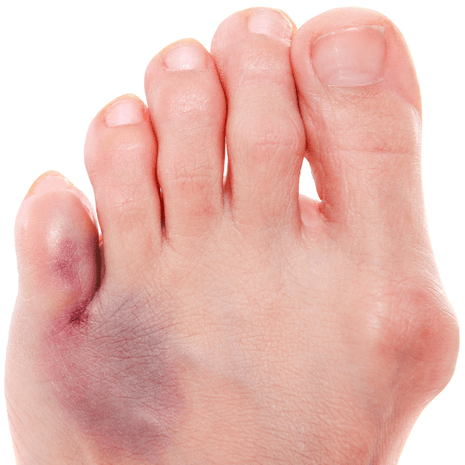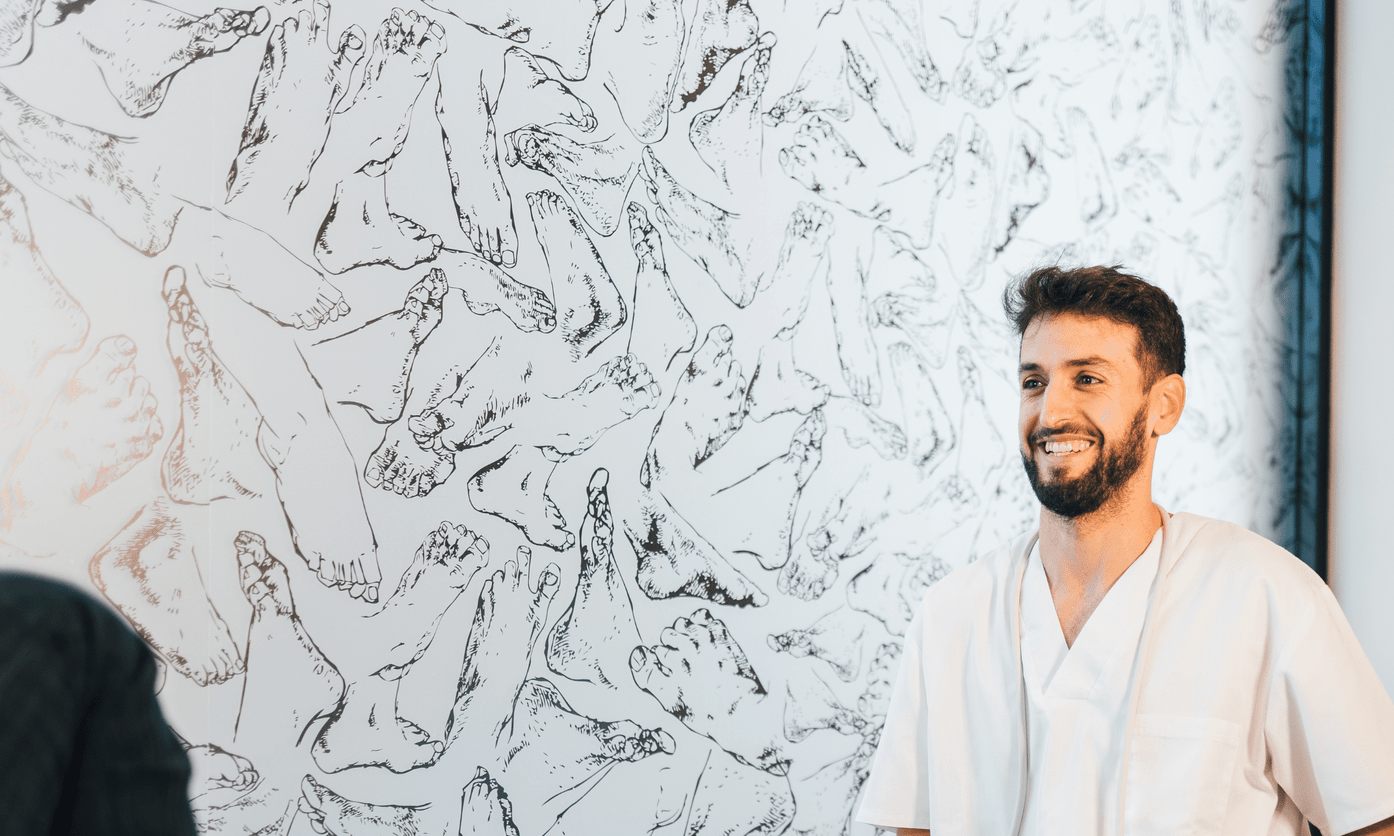Toe Fractures and Trauma Treatment at Foot Foundation
Stubbed, crushed, or stress-fractured toes need correct diagnosis and protection to prevent deformity and arthritis. Big-toe injuries especially affect balance and push-off.
At Foot Foundation, we guide immobilisation, footwear protection, and pressure offloading with orthotics, then rebuild strength and motion with rehab. We coordinate imaging and refer complex or displaced fractures for surgical management.
What are Toe Fractures and Trauma?
Toe fractures and trauma are among the most common foot injuries, ranging from simple cracks in the bone to complex displaced fractures or crush injuries. They usually involve the lesser toes, but the big toe (hallux) is most critical due to its role in balance and propulsion.
Injuries may result from stubbing the toe, dropping a heavy object, sports impact, or repetitive stress. While some toe fractures heal well with conservative management, others require careful monitoring to avoid complications such as malunion, arthritis, or long-term deformity.
At Foot Foundation, we provide comprehensive assessment, imaging referral, fracture management, and rehabilitation for all forms of toe trauma.
Causes & Risk Factors
Direct trauma – stubbing the toe on furniture or curbs
Crush injuries – heavy objects falling on the foot, workplace accidents
Sports injuries – football, rugby, netball, martial arts
Repetitive stress – overuse fractures in runners, dancers, or military recruits
Footwear factors – unsupportive or protective shoes increasing vulnerability
Bone health – osteoporosis, metabolic bone disease, or previous fracture history
Treatment at Foot Foundation
Immobilisation – buddy strapping (binding to adjacent toe), stiff-soled shoes, or protective boots
Custom orthotics – offload the injured toe and redistribute pressure during healing
Footwear advice – firm-soled shoes or protective footwear to limit movement
Pain and swelling management – ice, rest, and activity modification
Exercise rehabilitation – gradual strengthening, mobility restoration, and gait retraining
Shockwave therapy – considered for delayed healing in stress fractures
Referral for surgical care – required for severe fractures, open wounds, displaced bones, or intra-articular injuries
Symptoms
Sudden pain and swelling in the toe
Bruising, redness, or visible deformity
Difficulty weight-bearing or walking
Pain when moving the toe or wearing shoes
In severe cases: open wounds, nail injury, or bleeding under the toenail (subungual haematoma)
Chronic pain or stiffness if untreated
Diagnosis
At Foot Foundation, diagnosis includes:
Clinical examination – pain location, swelling, deformity, functional testing
Gait analysis – compensation patterns and offloading of injured toe
Imaging referral:
X-rays – to confirm fracture, displacement, or healing progress
MRI – for stress fractures or soft tissue involvement in complex cases
Toe Fractures and Trauma – FAQs
Most occur from stubbing, dropping objects, sports collisions, or repetitive stress in runners and dancers.
Pain, swelling, bruising, deformity, and difficulty walking are the most common symptoms.
A clinical exam and X-ray confirm the diagnosis. MRI may be used for stress fractures.
Yes. Even minor fractures need correct management to avoid long-term stiffness, deformity, or arthritis.
Some minor fractures allow limited walking, but weight-bearing should be reduced and protected until healing is confirmed.
Most heal in 4–6 weeks, though severe fractures may take longer.
Yes. Orthotics and protective insoles offload pressure and aid healing, especially in stress fractures.
Surgery is considered when:
- The fracture is displaced or unstable
- The joint is involved (intra-articular fracture)
- There are open wounds or severe deformities
Yes. Without proper management, they may lead to arthritis, stiffness, malalignment, or chronic pain.
If you have sudden toe pain, swelling, bruising, deformity, or difficulty walking, seek podiatry assessment promptly.
Why Choose Foot Foundation?
Foot Foundation provides specialist care for toe fractures and trauma, from simple stubbing injuries to complex fractures. We offer orthotics, footwear modification, rehabilitation, and referral pathways for imaging or surgery if required.
With clinics in Rosedale, Takapuna, Remuera, Botany, Hamilton, and Tauranga, expert trauma and fracture care is available across New Zealand.




